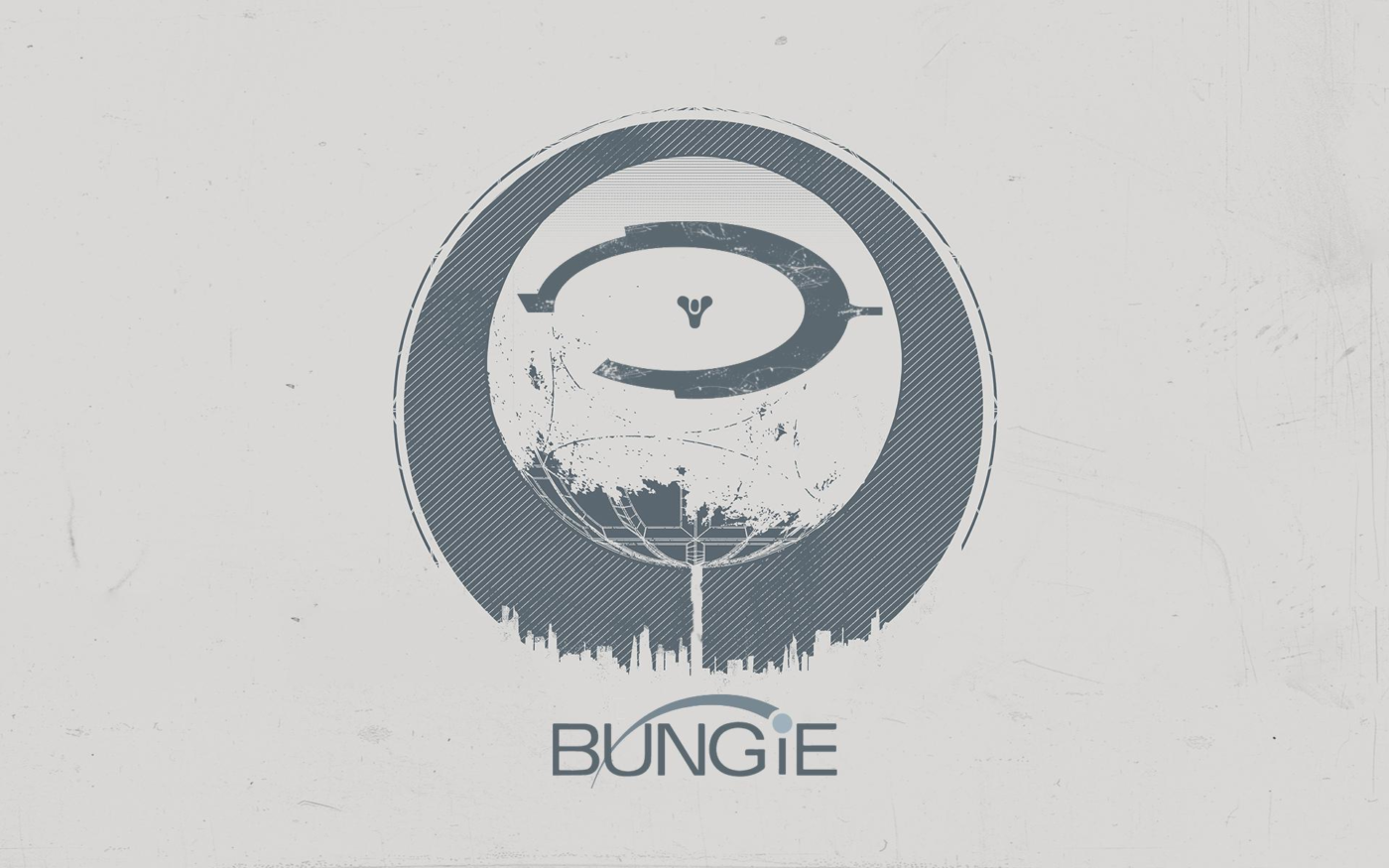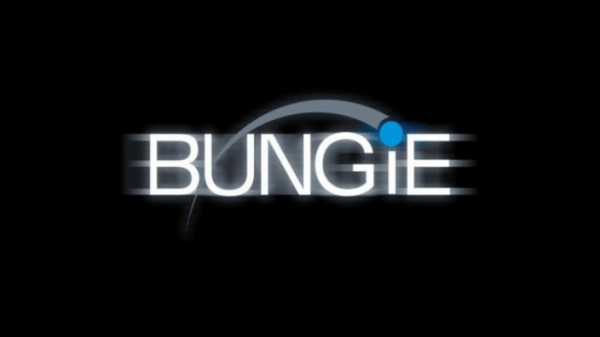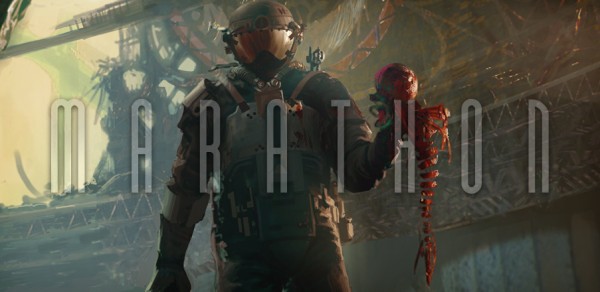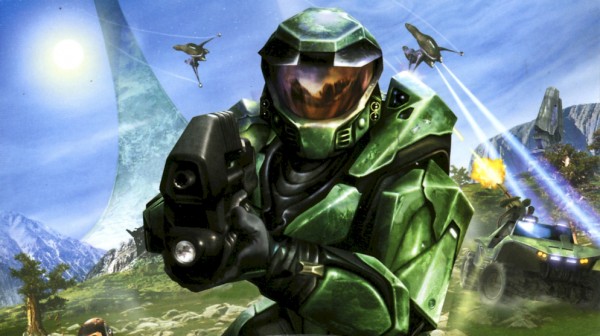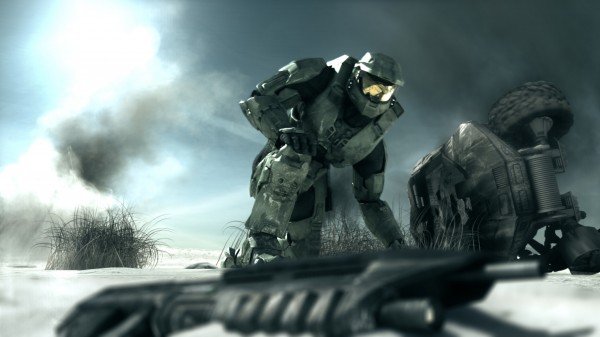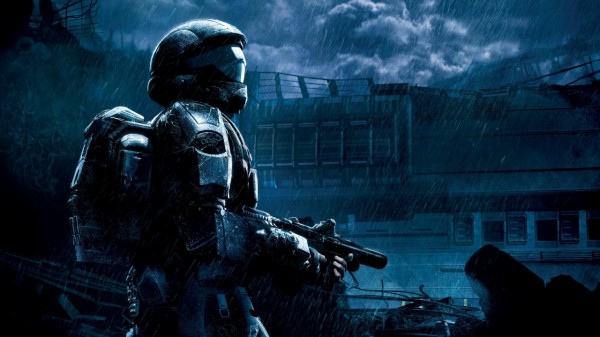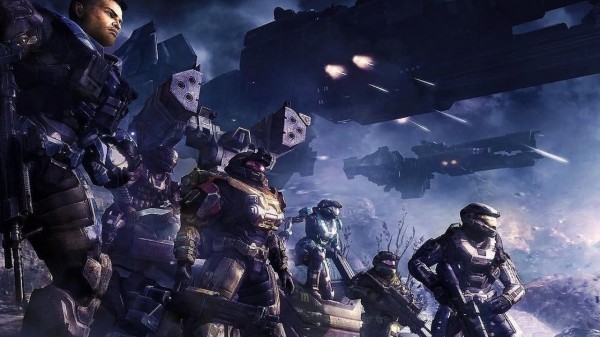Bungie has undoubtedly grown to become one of the most iconic developers that has ever graced the gaming industry.
With Marathon and Myth blowing the minds of MAC and PC gamers around the world, the Halo trilogy and its expansions doing the same for Xbox owners, and Destiny becoming the most preordered new IP in history, Bungie has repeatedly done what no other studio has come close to: Defining generations of gaming while singlehandedly creating and innovating the very things that we’ve come to love in games.
From a one bedroom apartment in Chicago with the founders Alex Seropian and Jason Jones doing everything from developing to producing the physical copies of the games they made, to a now bustling studio that sits in the heart of Bellevue, Washington, Bungie is the poster child of entrepreneurship that sits on a throne of games (The North Remembers).
With Destiny having gone gold a week ago and soon to drop on consoles everywhere on September 9th, we thought we’d take a look at the legacy of Bungie, and how they became such an iconic developer.
A Marathon of Myths
The Marathon Trilogy was originally planned to be a sequel to Bungie’s first commercial success, Pathways Into Darkness, but quickly became an independent game series that would introduce players to a futuristic world that, for the first time in FPS history, emphasized storytelling over simple run-and-gun gameplay á la Wolfenstein.
The first installment was borderline revolutionary because it brought gamers classic and now-standard game mechanics, specifically the rocket jump and the ability to look down and side to side with the mouse. It introduced vertical gameplay and even featured a plethora of environments and mechanics used throughout the series, some of which would transfer to future games, like Halo.
That’s not the only thing that made Marathon a classic to fans. It featured online multiplayer that went beyond the standard deathmatch mode you’d see in other games, employing unique game types like Tag, Kill the Man with the Ball, and King of the Hill. Like everything however, all good things must come to end. Bungie announced its decision to move into new territory, Real Time Strategy, and, thus, Myth was born.
Myth took the Real Time Strategy genre by surprise with its gameplay, which let players use physics and terrain to their advantage, a rare feature in many other RTS games of the late 90’s. But what set Myth apart from all the others was the lack of micromanaging of resources and a constant grind to make your army bigger to attack your enemy. Myth took almost all of the features of an RTS and scrapped it for a more tactical approach that focused on players utilizing their pre-built army and managing units to defeat the enemy. This distinction spawned a new genre called Real Time Tactics, which focused on what Bungie created with Myth. Shortly after Myth II was released with more critical success than its predecessor, there was now new kid on the block that would turn into the very thing that made Bungie a global name.
Combat Evolved
Halo, as it was called in the early days of development, was suppose to be a Myth clone with a sci-fi skin. It featured a massive open world on a large alien ring and “amazed” those who play-tested it before it was officially announced in 1999 at MacWorld. But in the course of two years, Halo went from being an RTS game to a third-person action game to its now-classic first-person shooter form.
On November 15th 2001, Halo: Combat Evolved was released and went on to sell five million copies worldwide in its lifespan. Its gripping and intriguing story about a lone wolf super-soldier called “Master Chief” who was tasked with saving his fellow soldiers along with destroying a mysterious alien artifact called Halo became a cultural phenomenon for gamers, ultimately beginning a legacy that Bungie never could have imagined would live through two, let alone three, generations of gaming.
Halo was more then just a game of struggle, though. It gave players something refreshing to play by themselves and with friends through the power of LAN parties and co-op. Featuring 13 maps in the original release and a plethora of game modes, the multiplayer aspect quickly grew to be one of the most iconic aspects of the original game, even inspiring gamers around the world to start teams of competitive players to compete in tournaments. But, Bungie didn’t count on multiplayer becoming so big in Halo; Halo didn’t even ship with an online mode as Xbox Live wouldn’t be finished by the November launch. Still, this didn’t stop fans from wanting more, spawning a new drive in the Seattle team to create not only a dramatic narrative, but to give the fans and players what they wanted: A robust, balanced, and well-executed multiplayer. Bungie delivered.
A Classic is Born
Hitting commercial and global success, it was expected that Halo would be graced with a sequel that would continue Master Chief and Cortana’s journey through such an enthralling war. Bungie was bound to deliver on the pitfalls of Halo: Combat Evolved and work to give fans of the series an extension of the story, along with a bigger focus on the multiplayer aspect of the game.
After a rigorous development period, Halo 2 launched with record making numbers. Selling 2.5 million units and making $125 million in the first 24 hours, it became the highest grossing entertainment release in history at the time. Bungie struck gold by sticking to the formula that made the first Halo so amazing, but also by switching things up and introducing two sides of the same story. But, what made Halo 2 so successful was not a tale abruptly ended with a cliffhanger. No. It was the very thing that would define Halo 2 in the later years, its multiplayer.
With 12 maps in the vanilla game followed by three map packs that ramped that number up to 26, a ton of new game modes, and weapons to enhance the game, it was clear Bungie struck gold for a second time, delivering what is hailed as the very thing that jump-started online multiplayer for console gaming. While Bungie never intended to make Halo a trilogy, they needed to finish the fight, and Halo 3 was the ending a legacy needed.
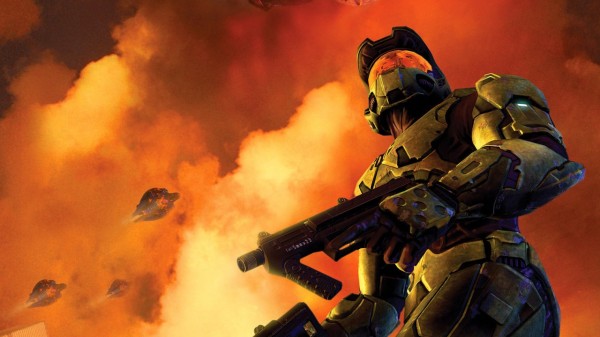
The Beginning of the End
That legacy’s ending was already in the concept stages before Halo 2 even launched. But, Bungie being Bungie, they dropped subtle hints to fans that they were indeed working on a new project. That project would later be revealed to the masses at E3 ’06, and it was quite clear that Halo 3 had fans reeled in.
As Bungie kept fans updated in weekly blogs about how the third installment was coming along, the hype rose higher than most anticipated, and when it finally released, Halo 3 made $170 million in the first 24 hours, setting the record once against for highest grossing entertainment product within a day. The numbers seem high, but they are justifiable because Bungie went big instead of going home. The campaign was all but a masterpiece of ingenuity and had everything you loved about past Halo installments worked into it: Covenant, the Flood, dual wielding, Guilty Spark — everything.
As always, however, Halo shines even brighter when you hop into multiplayer, which was even more ambitious than Halo 2’s. Introducing Forge, an editing tool that gave players a limited but vast experience to alter maps to their pleasing. Halo 3 skyrocketed with player created maps and custom game types, but let us not forget the four 3-map DLC add-ons that turned Halo 3’s already varied pallette of exotic locations into a paradise of play and strategic annihilation of your opponents.
Halo 3 is the love child of two games and their concepts formed into one legendary piece of art that finished the fight, but began an entirely new generation of Xbox, becoming a monument to the brand. The Master Chief’s journey was concluded, but Bungie still had a couple of stories left to tell.
Send Me Off With A Bang
Shortly after the final installment of the main Halo trilogy was released, Bungie announced that it had regained its independence from Microsoft, but at the cost of losing their rights to the Halo franchise. However, they were still set to release two more installments before fulfilling their contract, and what came out of a completed legacy were two tie-in games that some say are even better than their source material. These two games were Halo 3: ODST and Halo: Reach, and they’re considered gems in their own right.
Halo 3: ODST featured the famed elite non-Spartan soldiers of Bungie’s created universe, the Orbital Drop Shock Troopers — top-tier soldiers who dropped into combat zones from orbit. Players would, for the first and only time, step into non-Spartan boots (aside from the Arbiter in Halo 2), and jump feet first into hell as the rookie of an ODST team trying to board a Covenant vessel. When the ship makes an unexpected slip space jump while in orbit mid-drop (you might remember this incident from Halo 2’s campaign), you find yourself and your team scattered in the ruins, trying to find each other and survive.
Formed out of the cancelled Halo: Chronicles, Bungie wondered what its now project-less side team would create before the prequel, Halo: Reach, launched. Grabbing inspiration from detective themes, Bungie wanted to make ODST a more personal story for players, which translated into a tactical, well thought-out narrative that gave players a sense of brotherhood and struggle, something rarely seen in the main games.
While Halo 3: ODST gave players a taste of the tactical operations and human side of the war on the Covenant, it was time to go back to where it all began, to the origins of why the Pillar of Autumn made a random slip space jump to lead the Covenant away from Earth. Enter Halo: Reach.
“I’m Ready. How ‘Bout You?”
With one half of the team working on Halo 3: ODST, the other half was conceptualizing the final installment Bungie would develop before handing the reigns over to 343 Industries. The question was where would they take the franchise, even discussing at one point creating Halo 4. But, instead, they looked to Reach, the mysterious planet you first hear about in Halo: Combat Evolved.
As creative director Marcus Lehto put it, “we were like: ‘Okay, that’s it. We’ve just got a lot of things we can do there so we can build an immense story with it.'” Reach became more than just a prequel to the entire Halo trilogy, it also became an experiment that took what Halo originally was, but broke it into new things that Bungie could toy with. One example of this would be introduction of a major feature (and criticism), Armor Abilities. These pickups ranged from the ability to Sprint to the more notorious Armor Lock. It also brought to life a new in-house engine that updated the graphics and provided smoother motion capture to give the Spartans of Noble Team a more realistic feel.
Bungie didn’t stop the breaking of established features with the story, however, as it took also radical approach to the multiplayer as well. As always, they hit a high note with their fans for creating innovative and new ways to enjoy Halo.
All things must come to an end, though, and the thought of Bungie making Halo forever is absurd. This was a developer that strives to change and innovate, not recycle and rehash old themes for 10 years.
O Brave New World
Bungie introduced verticality and emphasis of story telling in first person shooters. It delivered and spawned a new genre of game that focused not on real-time strategy, but real-time tactics. It delivered a trilogy of games that left its own legacy on two generations of gaming. It took the universe of that legacy and expanded on it successfully before parting ways with Microsoft. Now, the studio that wants nothing more than world domination is about to take gamers on Xbox and PlayStation on their next adventure — the apex of all their unimplemented ideas combined into one. That game is called Destiny and you may have heard of it.
Bungie has done what no other developer has even come close to in terms of achievements, and this is why they are such an icon in an industry that brings to life the imagination of others for millions to partake in and enjoy.
If you wish to watch everything stated here but with a more behind the scenes feel, you can watch “O Brave New World,” a documentary celebrating Bungie’s 20 year legacy, which you can watch below.
[youtube id=”OtG6–4r_qk”]
Do you have a favorite Bungie game? Name it in the comments below!
Featured Image Source: Guitarman381
